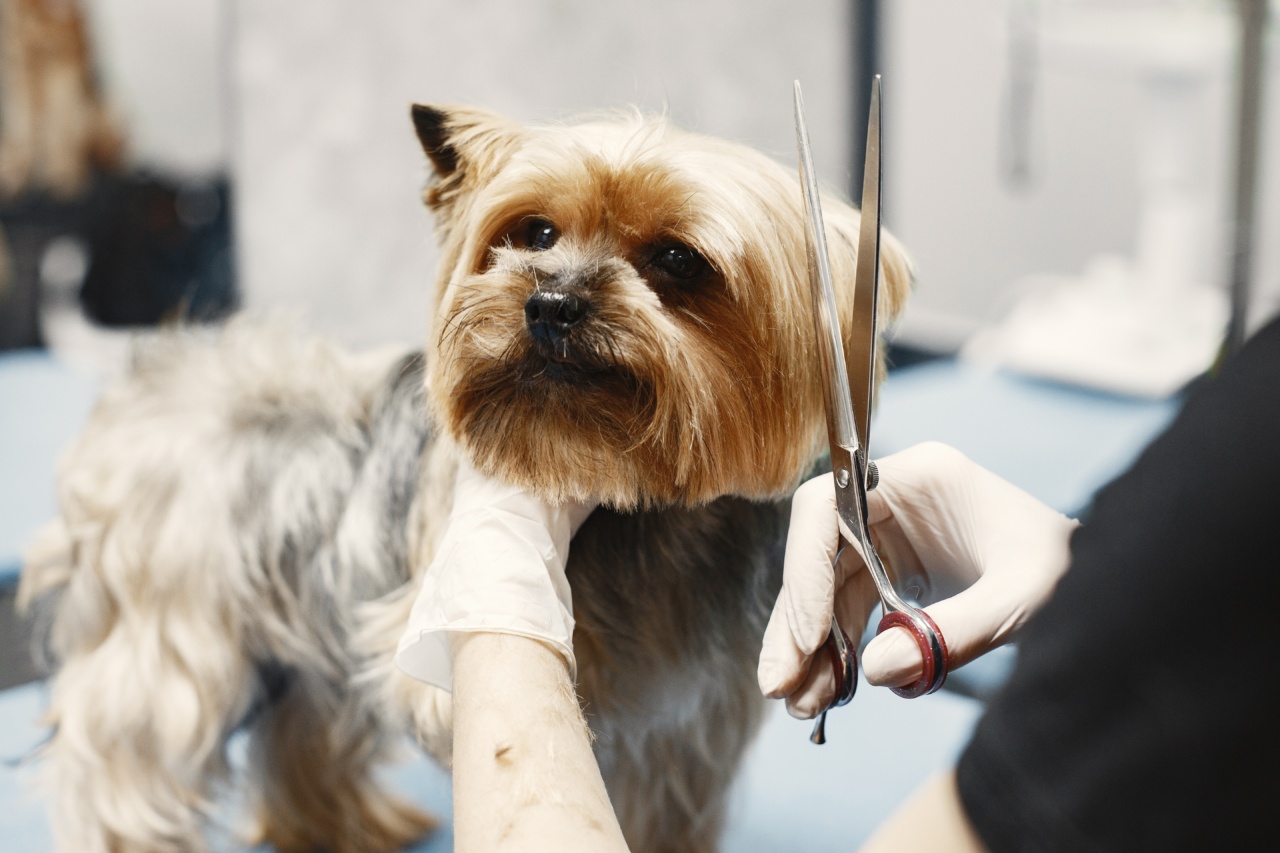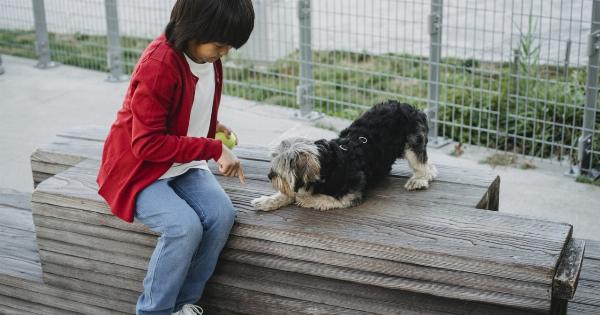Dogs are incredible companions, bringing joy, laughter, and unconditional love into our lives.
As they age, it’s important for pet owners to recognize the signs of aging in order to provide the necessary care, comfort, and support for their furry friends. Just like humans, dogs experience various physical and behavioral changes as they grow older. In this article, we will discuss the top five ways to know if your dog is entering the senior stage of life.
1. Decreased Activity and Energy Levels
One of the most common signs that your dog is getting older is a decrease in activity and energy levels.
If you notice that your once playful and energetic pup is now spending more time sleeping, reluctant to go for walks or play fetch, it could be an indication of aging. While it’s normal for dogs to slow down as they age, sudden and significant changes in activity levels should be brought to the attention of a veterinarian to ensure there are no underlying health issues.
2. Weight Gain or Loss
Changes in weight are often associated with aging in dogs. Some senior dogs may experience weight gain due to lower activity levels and a slower metabolism. On the other hand, certain health conditions can lead to weight loss in older dogs.
Regular monitoring of your dog’s weight and discussing any significant changes with a veterinarian is crucial to maintain their overall health and well-being.
3. Joint Stiffness and Mobility Issues
As dogs age, their joints and muscles can become weaker, leading to stiffness and mobility issues.
You may notice your dog having difficulty getting up or lying down, reluctance to climb stairs or jump on furniture, and a general decrease in their range of motion. If your dog shows signs of joint discomfort or exhibits difficulty moving, consult with your vet for appropriate pain management strategies or treatments, such as joint supplements or therapies.
4. Changes in Vision and Hearing
Like humans, dogs may experience age-related changes in their vision and hearing abilities.
If you observe that your dog is having trouble seeing objects, appears disoriented, or displays sensitivity to bright lights, it could be a sign of declining vision. Similarly, if they are less responsive to sounds, fail to react to familiar noises, or seem startled easily, their hearing may be affected.
Regular check-ups with a vet can help monitor your dog’s sensory changes and provide guidance on managing any degeneration.
5. Behavioral and Cognitive Changes
As dogs age, they may undergo behavioral and cognitive changes similar to humans experiencing age-related cognitive decline. Your dog may become more anxious, disoriented, forgetful, or exhibit changes in sleep patterns.
They might also display confusion, appear less interested in interacting with family members or other pets, or show signs of irritability. It’s important to be patient and understanding during this phase of their life, providing them with additional love, reassurance, and mental stimulation.
Conclusion
Recognizing the signs of aging is essential for providing appropriate care and support for your senior dog.
By maintaining regular check-ups with a trusted veterinarian and observing any changes in behavior, mobility, sensory abilities, or energy levels, you can ensure your furry friend experiences a comfortable and fulfilling life in their later years. Remember, the unconditional love and joy they bring into our lives are well worth the extra effort we put into their well-being.






























